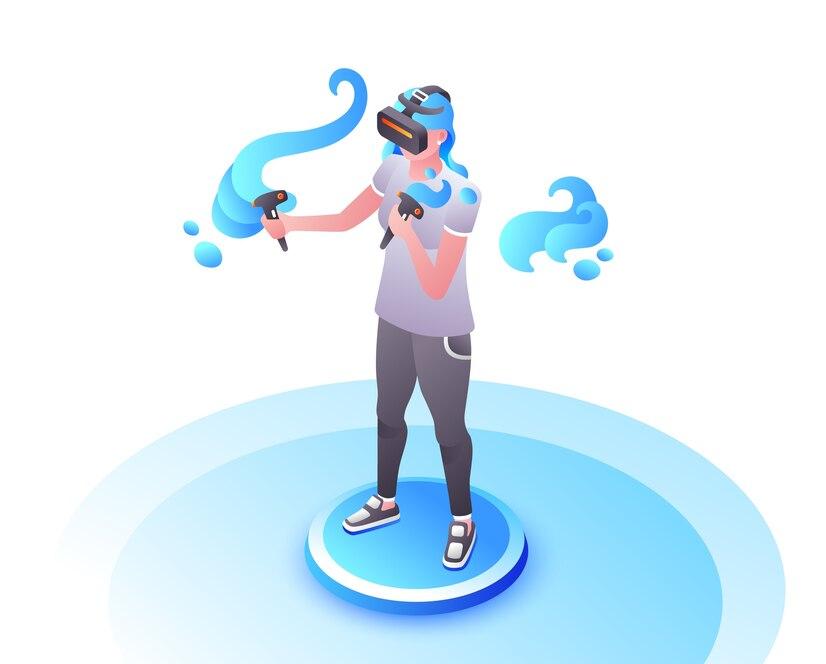The next evolution of human-computer interaction is unfolding within a spectrum of immersive technologies that are fundamentally altering our perception of the digital and physical worlds. This burgeoning technological frontier, collectively known as Us Extended Reality (XR), is an umbrella term that encompasses Virtual Reality (VR), Augmented Reality (AR), and Mixed Reality (MR). Virtual Reality immerses a user in a completely artificial, computer-generated environment, effectively shutting out the physical world, and is exemplified by headsets like the Meta Quest series. Augmented Reality, in contrast, overlays digital information—such as navigation arrows, product information, or game characters—onto the user's real-world view, typically through a smartphone or smart glasses. Mixed Reality represents the most advanced form of XR, where digital objects are not just overlaid but are integrated into the real world, allowing them to be occluded by and interact with physical objects. This powerful continuum of technologies is moving beyond its origins in gaming and entertainment to become a transformative platform for commerce, industry, and communication across the United States.
The foundational technology stack that enables these immersive experiences is a complex and rapidly advancing convergence of hardware and software. At the hardware level, the market is driven by innovations in Head-Mounted Displays (HMDs), which have become lighter, more powerful, and increasingly self-contained. Critical components include high-resolution micro-OLED displays that eliminate the "screen-door effect," advanced optical lens systems, and a suite of sensors—such as inside-out tracking cameras, accelerometers, and gyroscopes—that enable precise tracking of the user's head and body movements. This is complemented by a revolution in input methods, moving from traditional handheld controllers to more intuitive interactions like hand tracking, eye tracking, and voice commands. On the software side, powerful real-time 3D development engines like Unity and Unreal Engine provide the essential tools for creating and rendering the vast majority of XR content, while sophisticated computer vision and Simultaneous Localization and Mapping (SLAM) algorithms allow devices to understand and map the physical environment in real-time.
The strategic importance of XR is rooted in its potential to become the next major computing platform, succeeding the smartphone. This concept, often referred to as "spatial computing," envisions a future where digital information is no longer confined to flat screens but is integrated into the three-dimensional space around us. This paradigm shift promises to make computing more intuitive, contextual, and deeply integrated into our daily activities. For businesses, this translates into unprecedented opportunities for improving efficiency through remote expert assistance, creating realistic training simulations, and designing new forms of collaborative workspaces. For consumers, it heralds a new era of deeply engaging entertainment, social interaction, and personalized information delivery. As the technology matures and becomes more accessible, its impact on nearly every aspect of American life and industry is poised to be profound, marking a pivotal moment in the history of digital technology.



